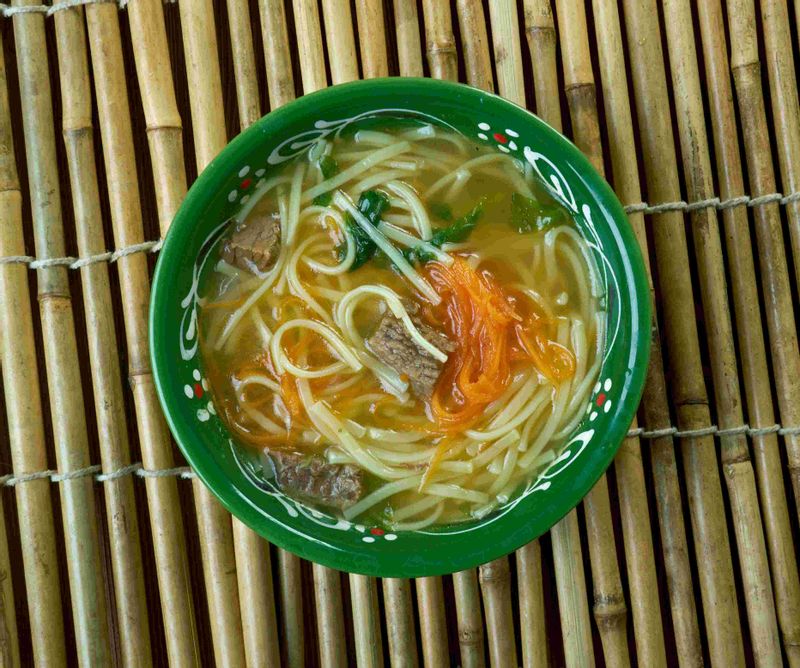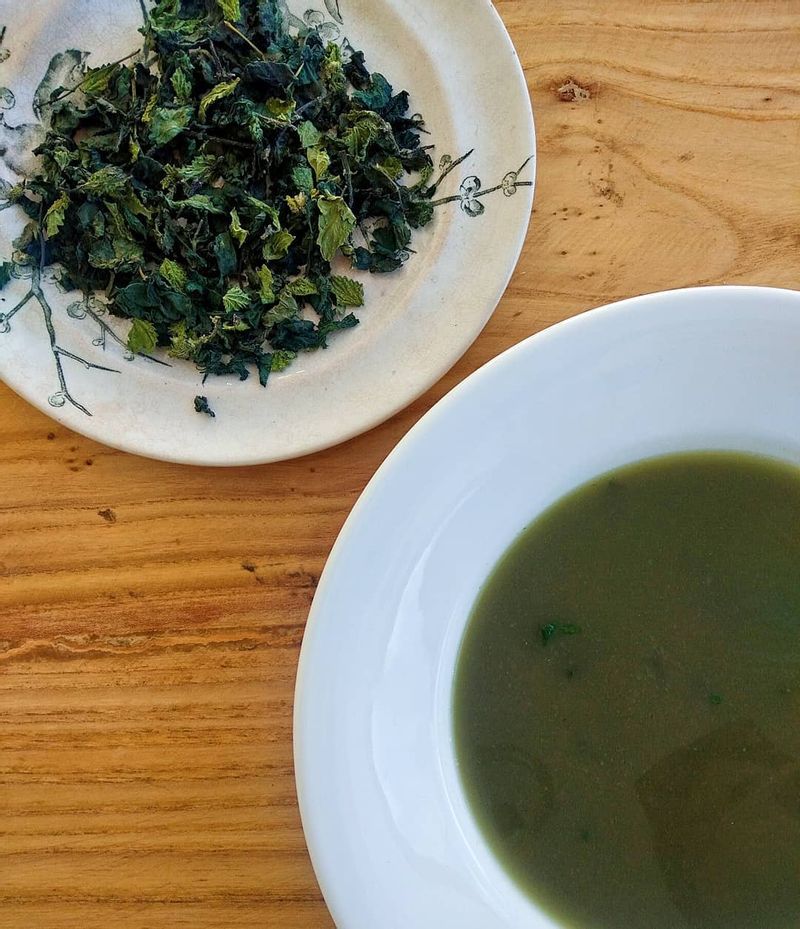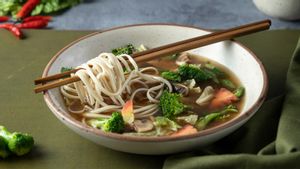The simple appearance of a thukpa, an all-in-one broth from parts of north and northeast India, is a decoy for its depth of flavour. When you take the first sip, you may taste a flavourful broth. This is followed by a mild sweet flavour and the soft, buttery texture of the vegetables – a result of being cooked in the broth for a long time. As you momentarily reel in these textures and flavours, a punch of heat hits your throat, that’s the black pepper doing its job. And, soon, you’re soothed by the warmth of this rustic, thick soupy delicacy.
Since time immemorial, the people of Ladakh, Arunachal Pradesh, Himachal Pradesh, Sikkim, Assam and Nagaland, have claimed a deep understanding of thukpa, a complex broth made using minimal ingredients. At its simplest, this could mean chunks of red meat with bones, vegetables, water, salt and black pepper and sometimes, ginger and garlic – all cooked together until their flavours merge to make a wholesome dish. A portion of springy chowmein or flat noodles is served right before in some places.
But that’s not the real deal, Kunzes Angmo, a Ladakhi food researcher and curator of gastronomic experiences, tells us.
The authentic thupka recipe
“The thukpa served at most restaurants in and outside of Ladakh, and the aforementioned recipe is not an authentic one,” shares Kunzes. “Over the years, this dish has become a sort of toss-it-all-into-a-pot affair,” she adds. Much to our surprise, she informs us that thukpa isn’t even a single dish but a category.
The word ‘thukpa’ is a generic term used for a variety of soups, which may or may not have noodles or pasta. And the thukpa that we are aware of is just a commercial version of one type, which was created to cater to tourists. This is closest to ‘gyathuk’ aka ‘Chinese thukpa’, which features flat knife-cut, refined flour noodles cooked separately like other Chinese noodles and then assembled.

“Traditionally, a thukpa will never have ginger-garlic or even exotic vegetables. Red meat with bones, turnips, Ladakhi radish, salt and pepper – these are the basic ingredients used. Here, we never use vegetables with a sweet flavour in the thukpa and refined flour noodles are a big no-no. We do use fresh, handmade pasta in different shapes and sizes, but again, they are made using whole wheat flour only. And sometimes, we even add churpee, which is a hard yak or goat cheese,” she explains. Another point to note is that traditionally, thukpa is never made using chicken, it is always red meat.
A clear soup with an unclear past
A popular belief is that Thukpa originated in the Amdo region, east of Tibet. And legend has it, in 1959 when Dalai Lama had to leave Tibet and come to India to seek refuge with his teachers and members of the Kashag (the governing members of the Qing dynasty and post-Qing period until the 1950s), they were asked to not carry anything with them. The Dalai Lama’s mother accompanied them, dressed like a man, and she carried with her a little Tsampa (roasted barley flour). She used this to cook thukpa and introduced it to the refugee community in India. The community took the recipe with them to places they went and also, created variations of the same, using ingredients available locally.
Speaking about this, Kunzes says that there is no written text to confirm the Dalai Lama connection and that thukpa was a part of the union territory’s culinary repertoire even before Tibetans refugees arrived.
The many flavours of thukpa
There are several variations of the thukpa across Ladakh, Sikkim, Arunachal Pradesh and Himachal Pradesh. The base is usually bone broth or roasted barley or wheat flour. Occasionally, it is also made by blending local greens, case in point, this thukpa zathuk prepared by Kunzes. Stinging nettle and zatsod (a local plant that she foraged from the wild) are the two main ingredients in thukpa zathuk, which is a vegetarian version for people who don’t eat meat or are abstaining from it on certain days.

Ngamthuk aka tsampthuk (roasted barley thukpa), drasthuk aka deythuk (rice thukpa), chāngthuk (barley beer thukpa), chhanthuk (Ladakhi apricot kernel soup), neythuk (Tibetan whole barley thukpa), gongthuk (Tibetan egg soup), and lama pak-thuk (wheat flour thukpa), are a few of the variations of this dish in Ladakh.
In the northeast, Arunachal Pradesh in particular, the putang thukpa is the most popular. A staple dish of the Monpa community residing in the West Kameng district of Arunachal Pradesh, putang thukpa features a curry made with buckwheat noodles and flavoured with either yak meat or dry fish. In the Sikkim version, you may also find pork, and the people in this state love pairing it with momos. Darjeeling also has its own variation of this soupy wonder called mefenzi thukpa – a favourite among locals during the winter and monsoon season.
Thukpa in Mumbai – where to order
If all this conversation around thukpa has got you craving for some and you’re not in the mood to whip up a bowlful of it at home, then Mumbaikars you’re in luck. Here’s a list of places where you can order thukpa in Mumbai, and enjoy a piece of the Trans-Himalayan region in the metropolis.
Although most of these places serve modern variations of thukpa, prepared using seafood and chicken.
New Sernyaa
A home-style Tibetan eatery, New Sernyaa serves a thukpa with a delicious clear broth, noodles, seasoned meat and vegetables.
Location: Chincholi bunder, Malad West
Call: 022 2876 5105
The Darjeeling
Known for their hearty portions and authentic flavours, The Darjeeling serves a vegetarian thukpa, loaded with vegetables and noodles.
Location: Veera Desai Industrial Estate, Andheri West
Call: 022 4972 2373
Yeti – The Himalayan Kitchen
For a decent Tibetan spread in and around Khar, order a hot bowl of Yeti special thukpa with a side of momos.
Location: Near Union Bank, Khar
Call: 086550 00844




